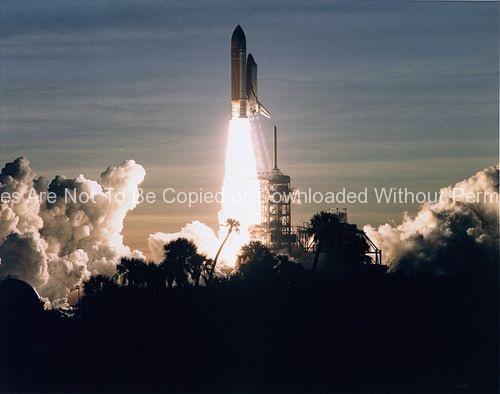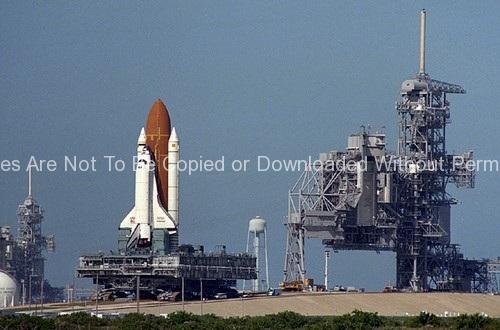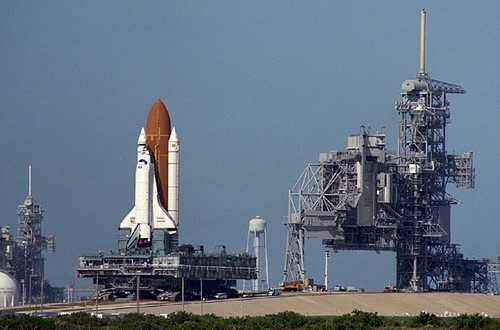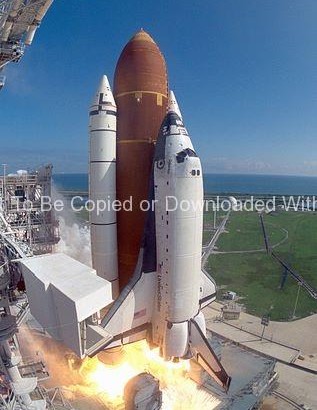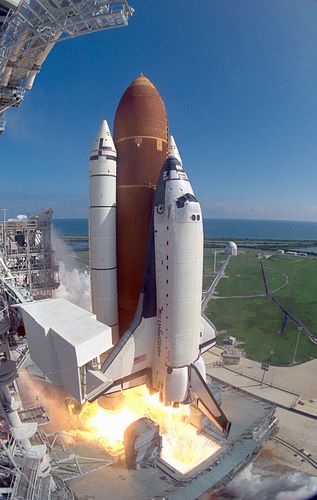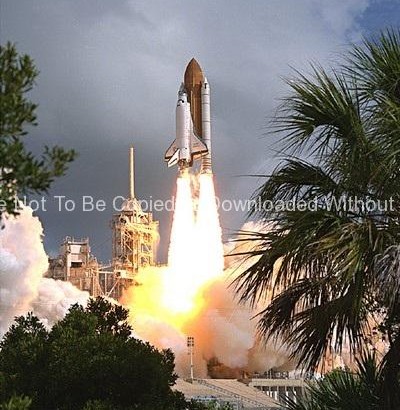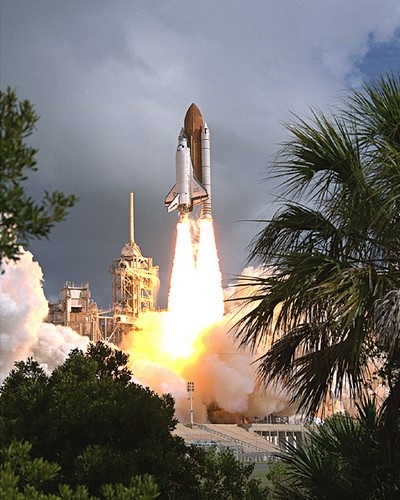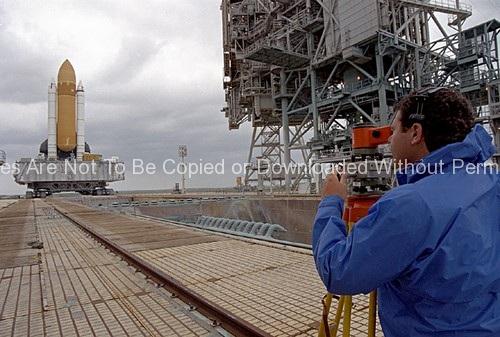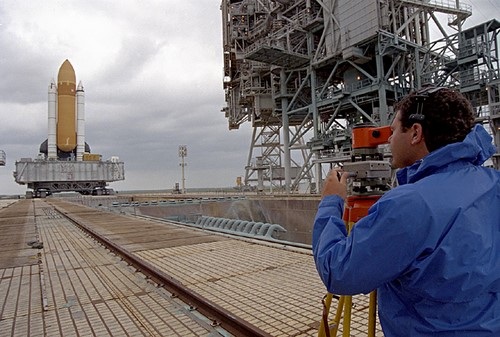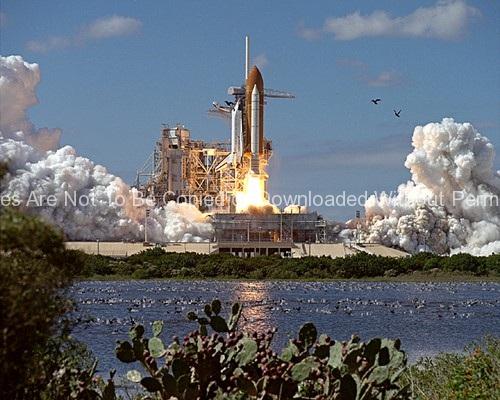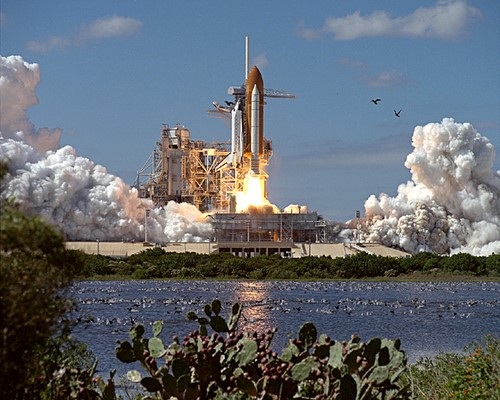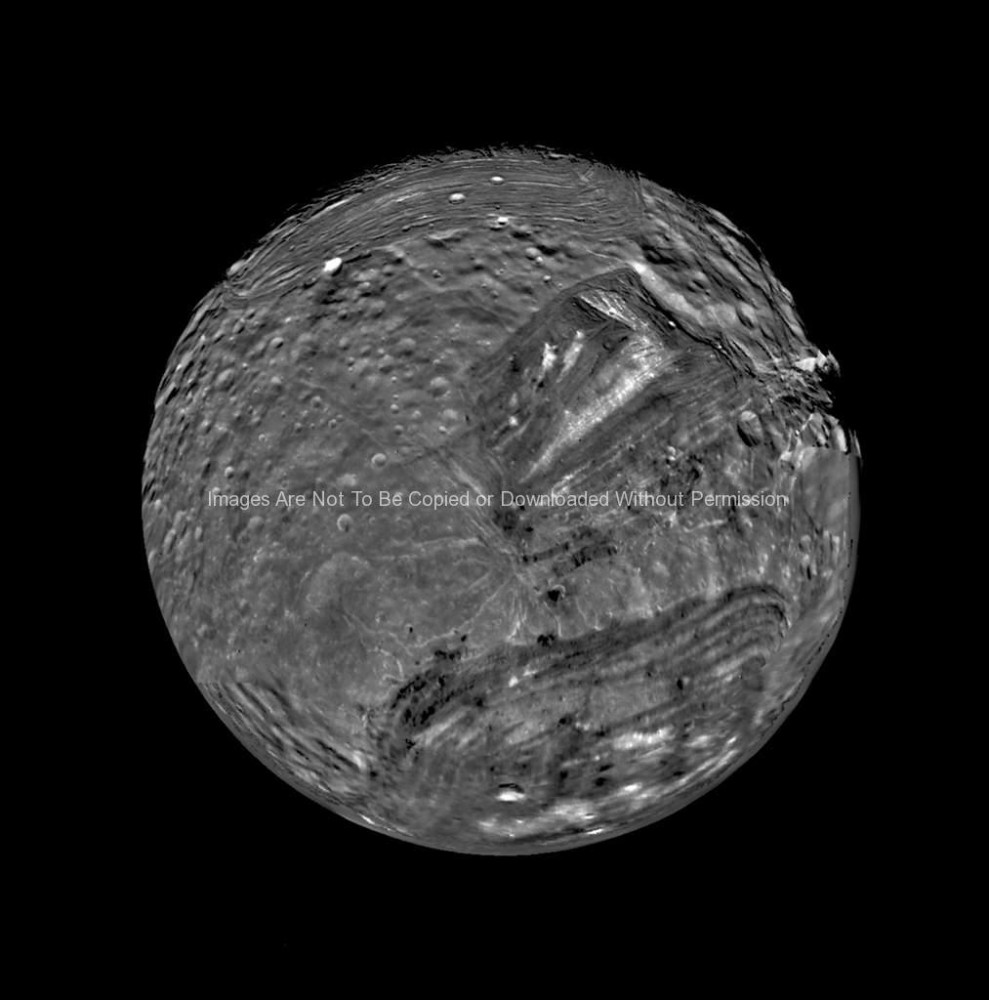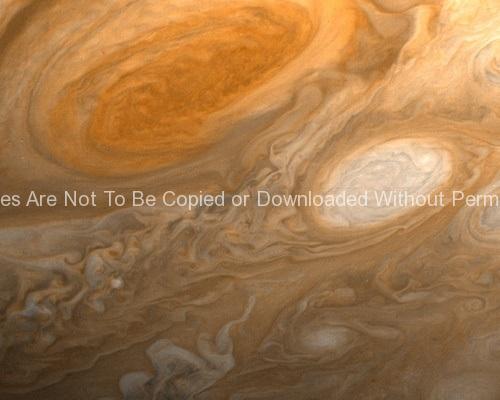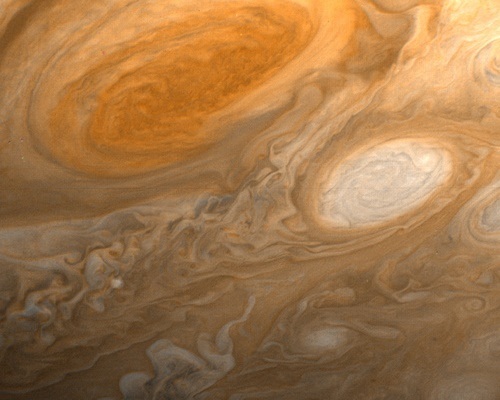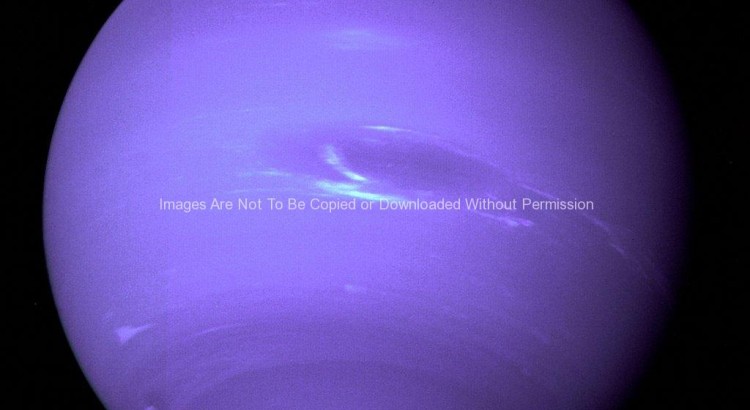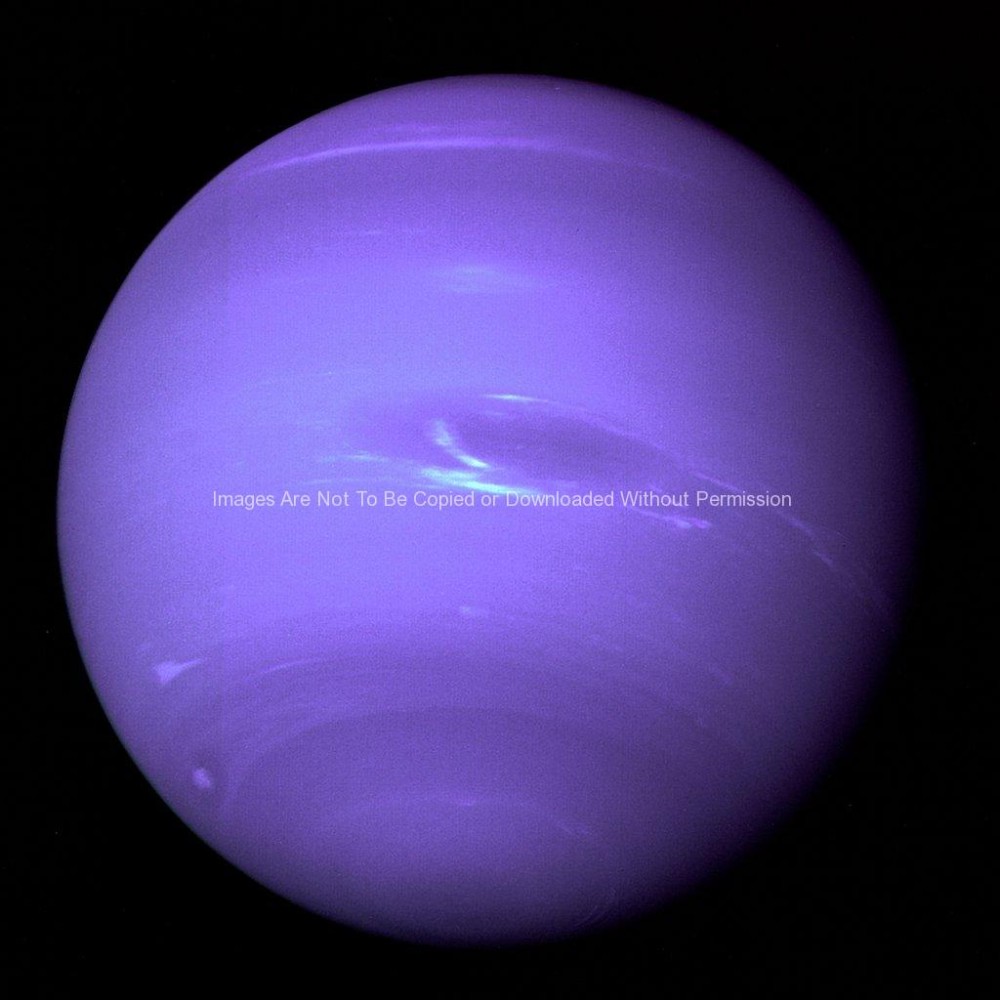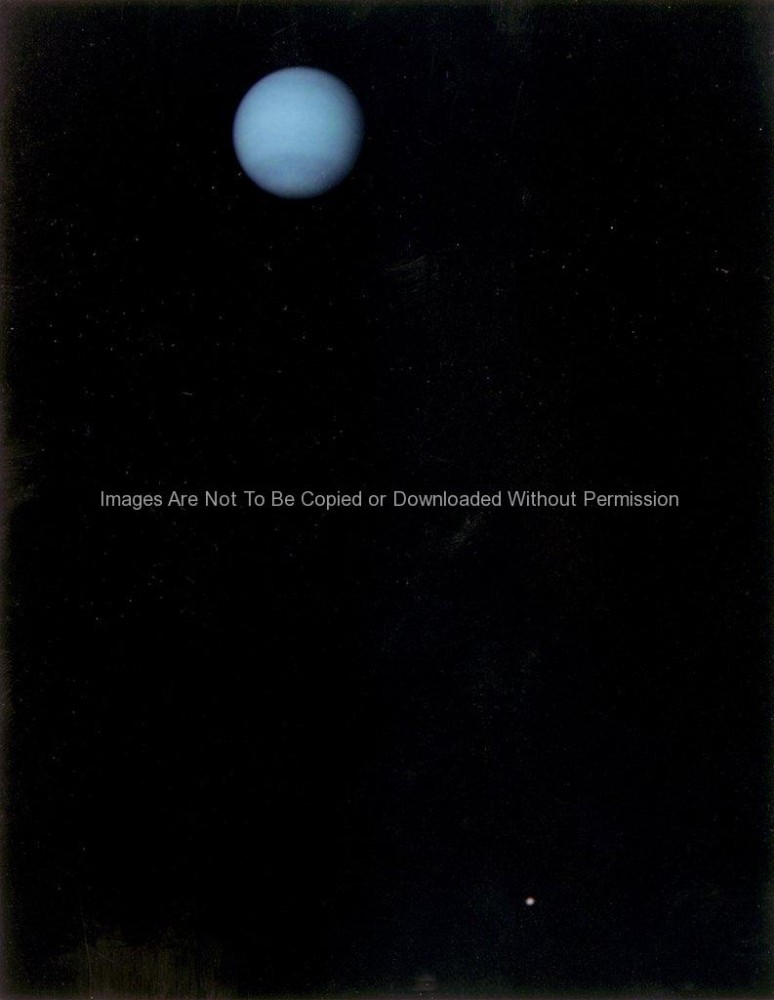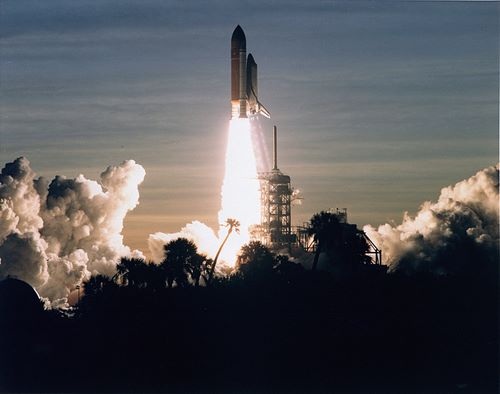
Space Shuttle Stock Photos – A golden new era in space cooperation begins with a flawless countdown and the ontime liftoff of the Space Shuttle Discovery on Mission STS-60. Liftoff from Launch Pad 39A occurred at 7:10:01 a.m., EST. The first Shuttle mission of 1994 carries the first Russian cosmonaut, Sergei K. Krikalev, to fly on the Space Shuttle. The veteran space traveler joins astronauts N. Jan Davis and Ronald M. Sega, mission specialists; Franklin R. Chang-Diaz, payload commander: Kenneth S. Reightler, pilot; and Charles F. Bolden Jr., mission commander, on an eight day journey. Primary payloads of the 60th Space Shuttle flight are the SPACEHAB-2 laboratory and the Wake Shield Facility.
Keywords: NASA Photos, Space Shuttle Missions, Kennedy Space Center, KSC, Space photography
